Vaclav Pozarek’s quasi due buchi (2017) is a site-specific sculptural intervention for the Amden Atelier that rests on an expanded exhibition concept, in that it comprises two holes cut in the barn's weathered wall — a barely perceptible alteration whose twin themes are the human gaze and the light-permeability of the wooden planking — and a publication of the same name that places this motif in a larger context.
The two holes drilled in one of the barn's outer walls are spaced to match a pair of eyes, enabling those on the inside to espy Lake Walensee and the mountains beyond. The intervention is thus about both the continuum of inner and outer space, which is in any case a key characteristic of the barn, and the apprehension of it as a lookout set in magnificent surroundings. Also addressed is the relationship between negative and positive forms that has long been a source of fascination for the sculptor. Whereas Pozarek sized the holes to make them consistent with existing holes in the barn, his positioning of them at eye level and spacing of them to match a human pair of eyes follow a different logic, and it is this that allows them to be read as an artistic intervention. The artist booklet has two leitmotifs: on the one hand the two holes, depicted as roundels arranged in every conceivable constellation as on a die, and on the other assorted photographs from the artist's own archives, each of which shows a rod as the positive form that was removed to make the hole. Pozarek uses these rods as an integral part of his sculptures, and in a nod to Dan Flavin and his neon tube sculptures calls them Neon. The illustrations that Pozarek positions vis à vis the figure of two show the rod together with people from different cultures and periods and in contexts ranging from the instrumental to the ritual and the quotidian. While the holes in the wall of the Amden Atelier are not actually recognizable as a sculptural intervention, viewed in conjunction with the publication they clearly form a composite work of art. Vaclav Pozarek is a sculptor and graphic artist, who works in a visual idiom schooled in Constructivism, Minimalism and Conceptual Art. He was born in Czechoslovakia in 1940 and in 1965–66 studied film directing at the Prague film academy. After moving to Switzerland in 1968, he decided to continue his training in Hamburg and at St. Martin's School of Art in London, where from 1971–73 he was a student in the class of Anthony Caro. Pozarek then returned to Bern, where he still lives and works today.
– Roman Kurzmeyer

 Images
Images
 Info
Info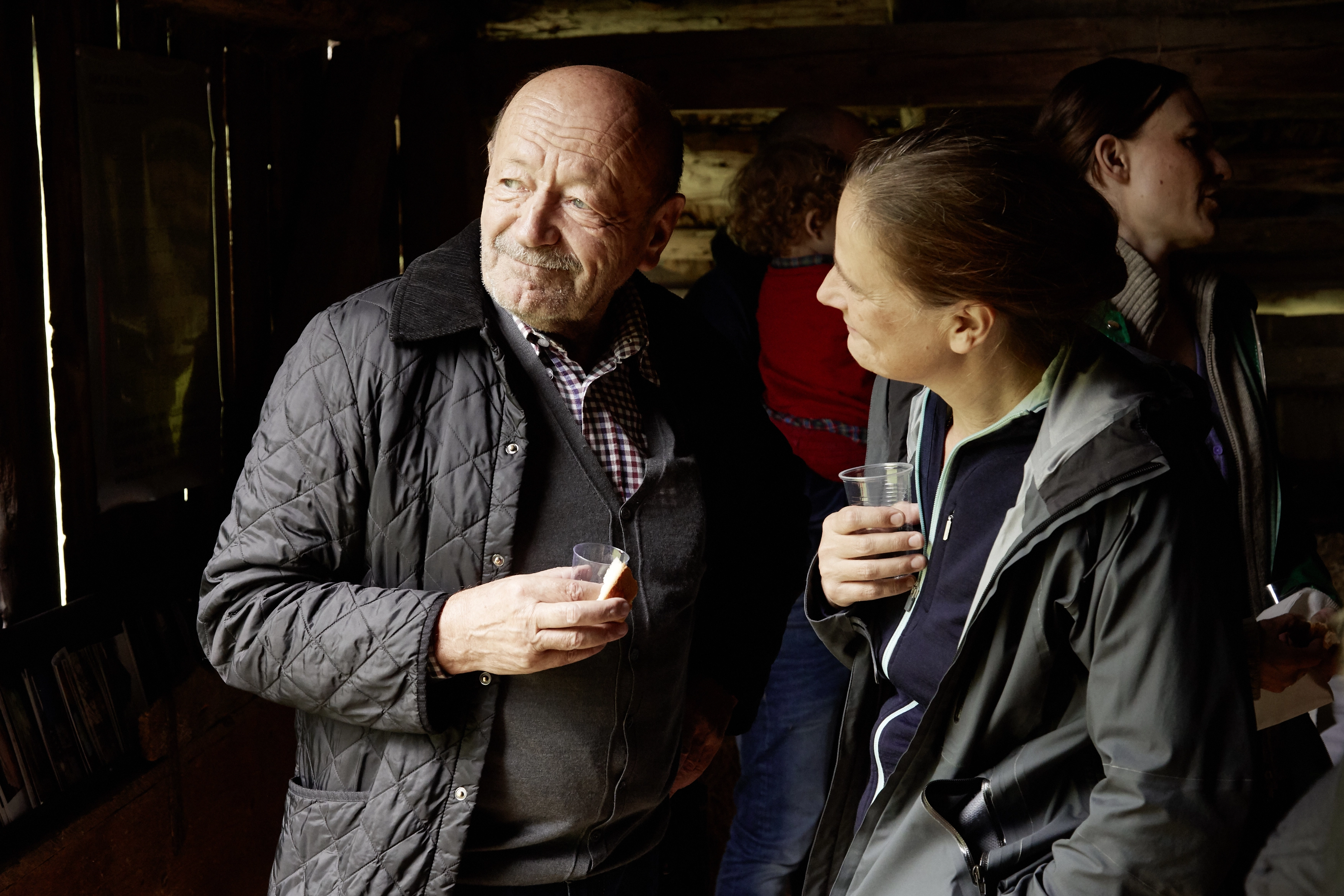
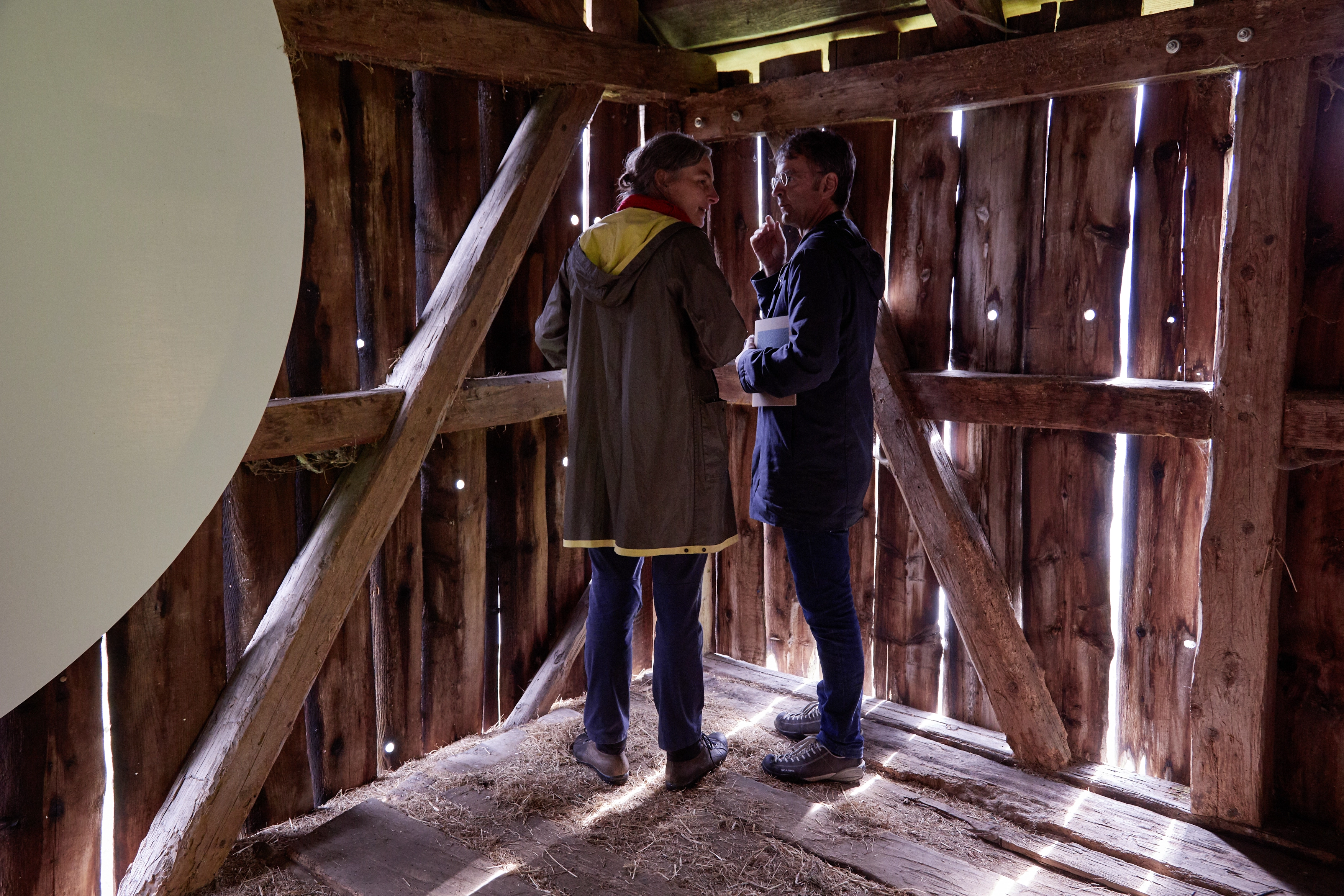

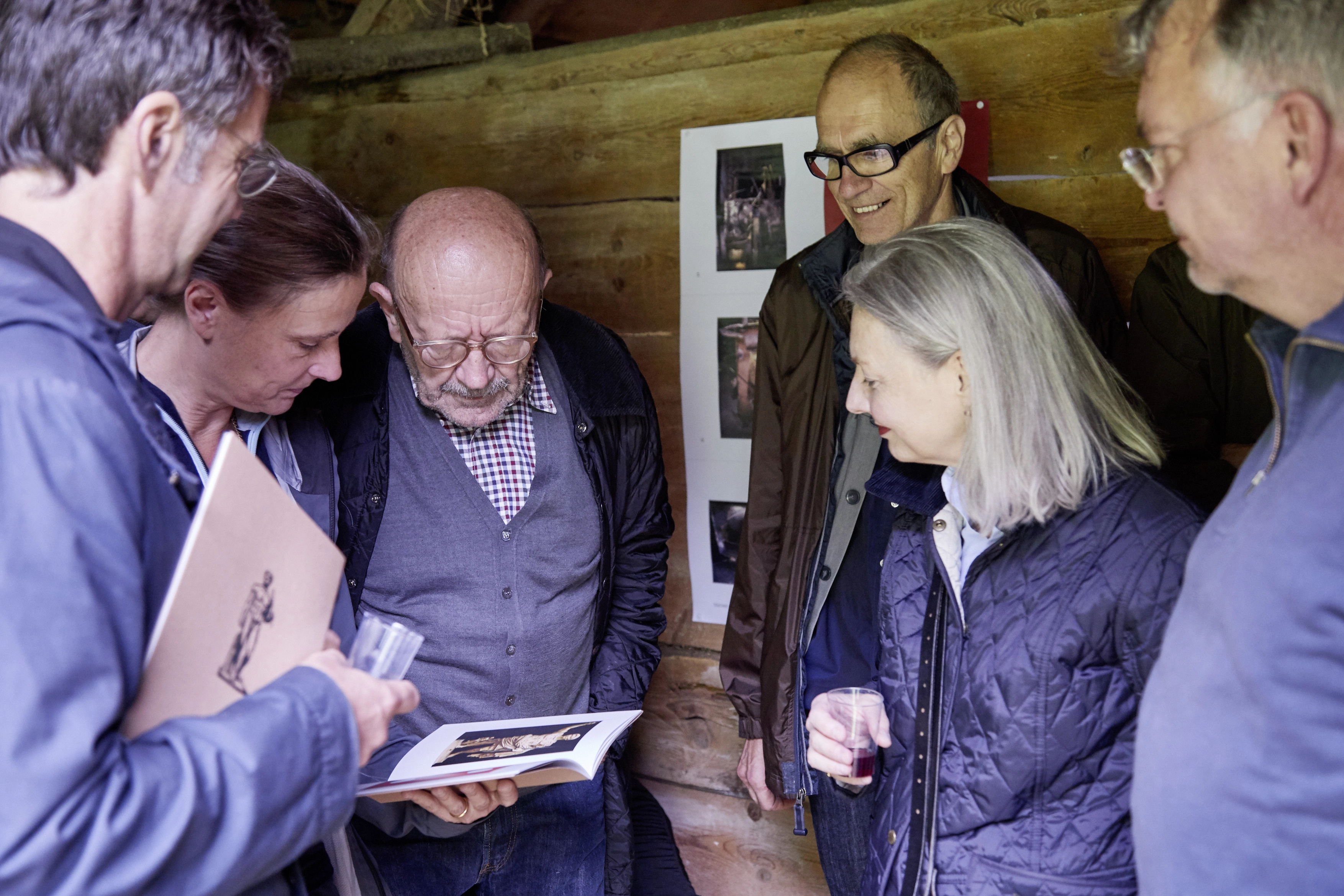
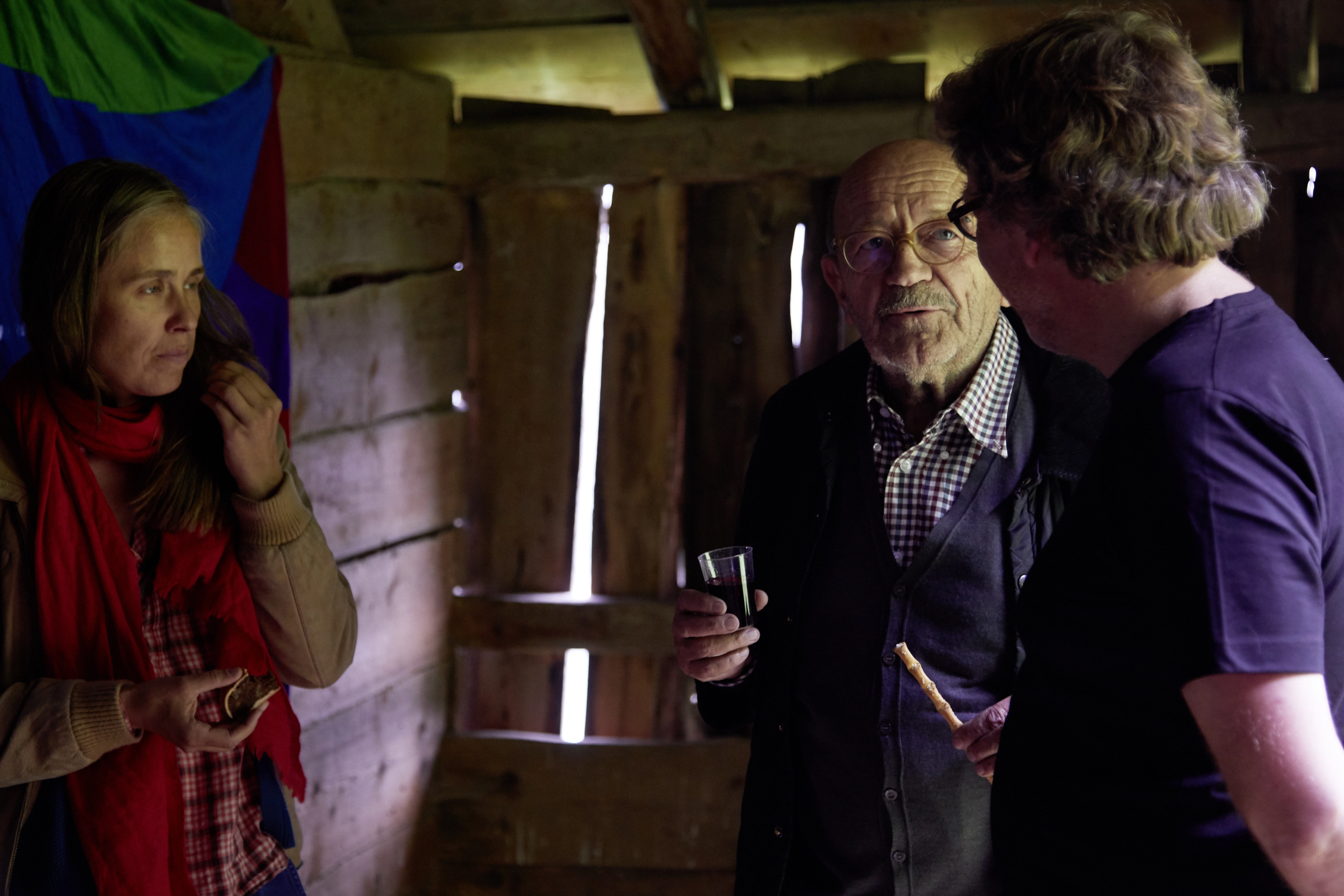
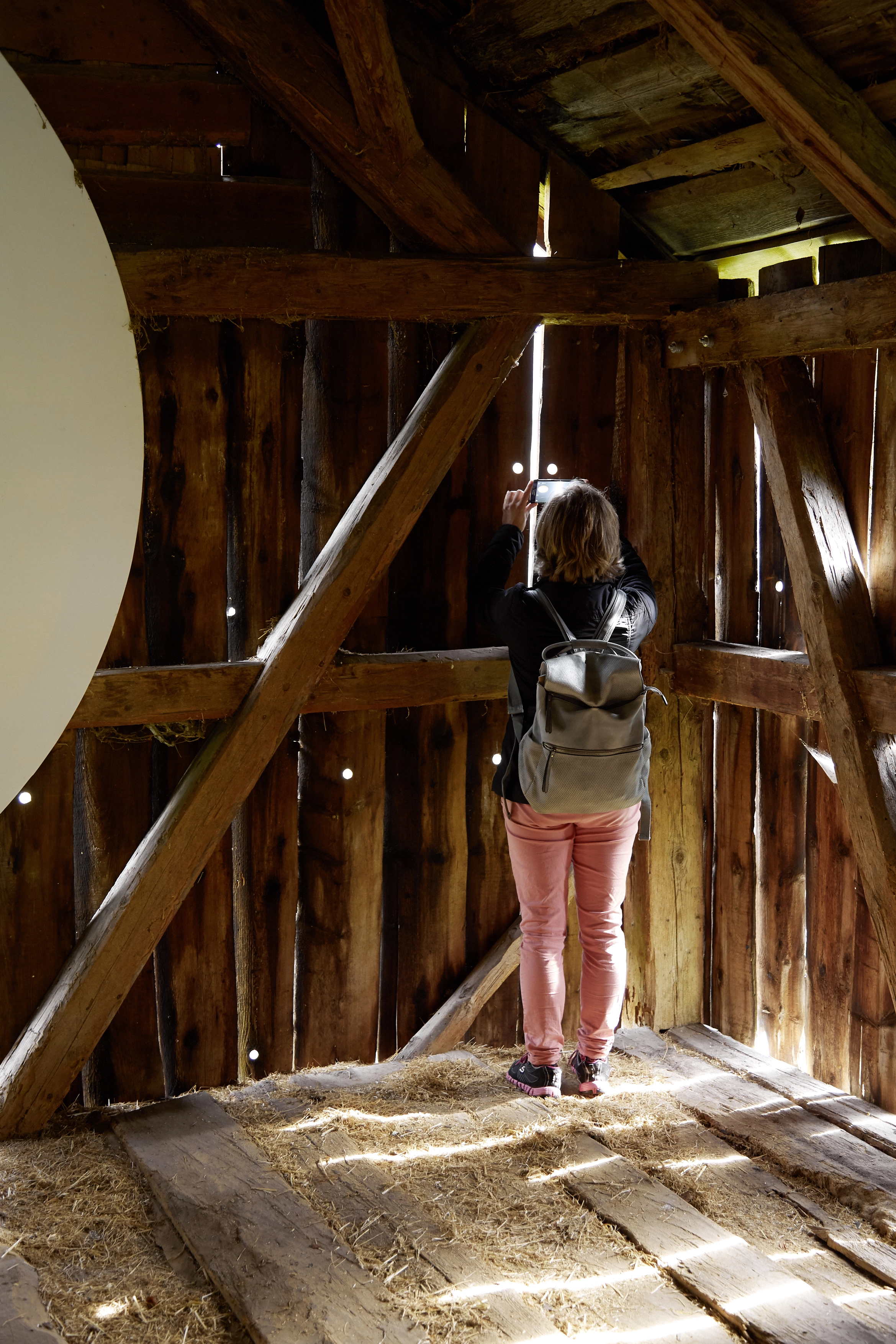

 Next Exhibition
Next Exhibition